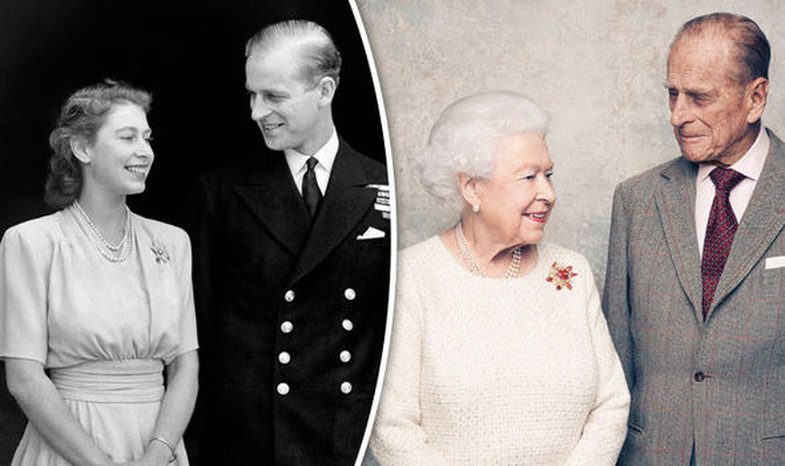
Prince Philip, Duke of Edinburgh passed away on Friday, April 9, at the age of 99. The prince married Queen Elizabeth II five years before she became queen - but when she was crowned, he was not given the title of king.
The title "prince" was not small for Prince Philip because he, although he was in fact a former prince of Denmark and Greece, was not supposed to have such a title in the British monarchy.
His title was "Duke of Edinburgh" until February 22, 1957, when the palace issued a statement officially giving him the title of prince.
So the queen gave her husband a title when she received the crown - but why not a king?
A woman who marries the king may be called a queen, but for men who marry a woman within the monarchy, there are different rules. They can not use the title "king" because it is given only to men who inherit the throne, according to BBC News.
Therefore, the couple's eldest son, Charles, Prince of Wales, will be the one to take the title of king. Their other children: Princess Anne, Prince Andrew and Prince Edward will hold the same titles.
Prince William, son of Prince Charles and granddaughter of the Queen, is in line for the title of king, followed by his eldest son, Prince George.
Giving the title to the queen's husband is not the only special decision taken by her. In the 1960s, the couple decided to distinguish themselves from other kings by using two adjectives: Mountbatten-Windsor, where Mountbatten came from Prince Philip's maternal grandparents.
So the queen's children and grandchildren can use Mountbatten-Windsor as an adjective - whenever they want even though members of the royal family do not first use adjectives because they have titles.
Prince Philip may not have been king, but he was constantly close to his wife with a leading role to support her. He is the longest-serving husband of any British monarch. For more about the couple’s special story, read here .

Source: BBC, CBS





